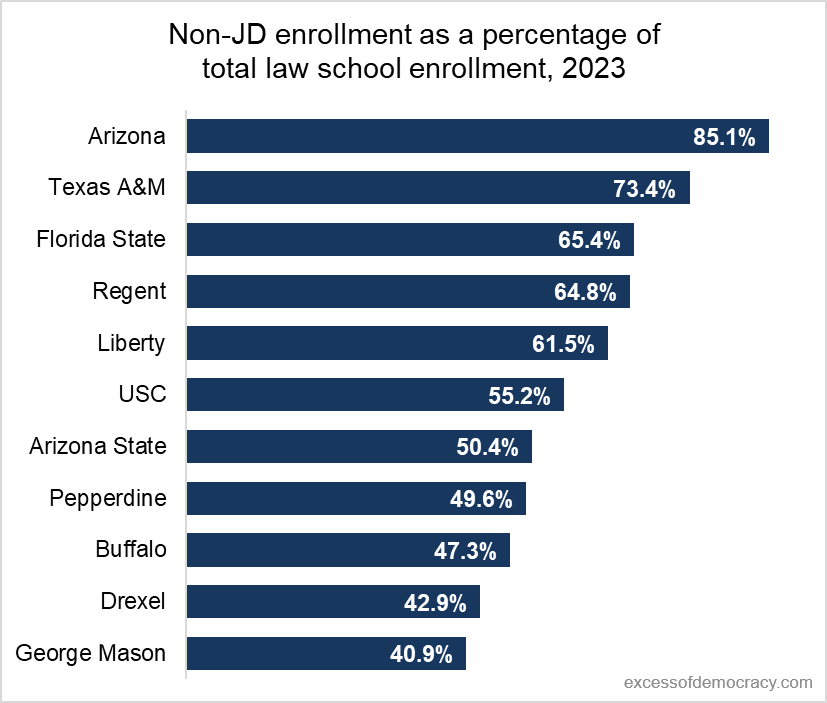One of my most popular posts remains “Ranking the most liberal and conservative law firms.” That post is from 2013, and an update is long overdue.
At the outset, “ranking” a firm or calling it “conservative” or “liberal” is imperfect, I know, but I picked a title eight years ago and I’m sticking with it…. Better to call it, “which law firms contribute the most to Democrats or Republicans.” But I am updating the methodology, and I look forward to doing some even more interesting things with the data in the short term.
First, I looked at 140 law firms. I broke them out into two groups. The first are the AmLaw 100. The second are a group of 40 firms that fit the NLJ500 or Legal 500 plaintiffs’ firms. (Two firms appear in both lists, Paul Weiss and Quinn Emanuel.)
Second, unlike my 2013 ranking (where I looked at contributions to Barack Obama’s or Mitt Romney’s presidential campaigns), I expanded the window. This time, I focused on contributions to the Joe Biden campaign (including “victory fund) and the Donald Trump campaign (including “victory fund” and “Make America Great Again Committee”); the major party organizations (DCCC, DSCC, DNC, NRCC, NRSC, and RNC); and two major aggregators of campaign contributions, ActBlue (Democratic) and WinRed (Republican). There’s a little asymmetry here—Trump had four years of campaigning to Biden’s shorter window, ActBlue is more established than WinRed, etc.—but I think it evens out. These accounted for about 1/3 of all campaign contributions. (Future research will look at more.) I looked at the 2017-2020 period, a four-year window.
Third, I did not look at just attorney contributions, but I looked at any contributions from those employed by these firms. (See update below.) There are often different titles for attorneys (partner, counsel, summer associate, etc.) that are self-reported and are tougher to capture. And I thought it would be useful to include all contributions, even from consultants, paralegals, administrative assistants, and others employed by the firm for a broader portrait of the firm. Again, a judgment call here. I also looked for common misspellings, abbreviations, or alternative names for the firm (e.g., separating out the two Steptoe & Johnsons, etc.) to capture the most contributions.
So, that said, I’m sure there are errors in the data, but it’s a fairly good snapshot.
All told, I captured about $61 million in contributions to Democratic-affiliated groups compared to about $11 million for Republican-affiliated groups in 2017-2020, nearly a 6-to-1 ratio. (See update below.)
Below is a visualization of the AmLaw100 law firms. (By “percentage of contributions,” I mean by dollar figures, not individual instances.)


